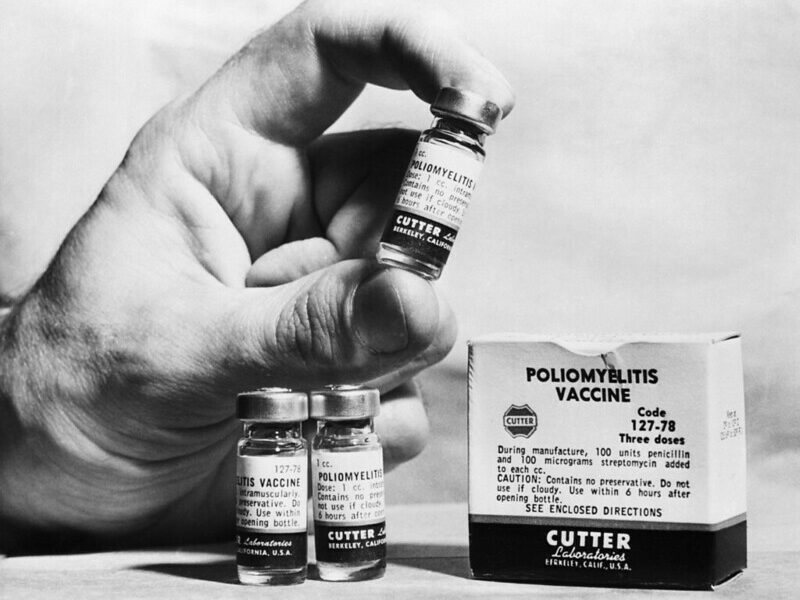With Hurricane Irene threatening much of the US Eastern seaboard, people and governments are preparing for the flooding, destructive winds, and powerful storm surge. After the initial danger from a hurricane is over, different health threats sometimes emerge.
In developed countries, diseases like cholera and typhoid are highly unlikely to emerge after a disaster. Less serious diarrheal diseases may occur when people have more limited access to hand washing. After Hurricane Katrina, an outbreak of norovirus was documented among evacuees at a “megashelter” in Houston, Texas. After extensive flooding of multiple Midwestern states in 2001, an increase in gastroenteritis was seen in a group of subjects already participating in a long-term health study. Use of alcohol-based hand cleansers may be useful in preventing this kind of illness.
The large amount of rain may provide ample breeding grounds for mosquitoes. Diseases transmitted by mosquitoes, like Eastern Equine Encephalitis and West Nile Virus, have been reported in Massachusetts, Connecticut, New York, New Jersey, Pennsylvania, Delaware, Maryland, and Virginia this month. An ongoing outbreak of dengue, another mosquito-borne disease, in the Bahamas could theoretically be worsened by Irene’s heavy rainfall. These diseases have the potential to become more common, but thankfully most studies have failed to find such an increase. Inclusion of mosquito control in post-disaster responses may have helped some areas avoid additional infections.
The CDC notes that post-disaster disease outbreaks are likely to be be caused by an infection that was already circulating in the affected community before the disaster. People should not be overly concerned about the introduction of an exotic disease after a hurricane.
Despite these reassurances, hurricanes have had infectious disease impacts in the past. For example, after Hurricane Hortense struck Puerto Rico, an increase in leptospirosis cases was seen. For more information on post-disaster disease threats, check out this 2006 article in Seminars in Pediatric Infectious Diseases. For a CDC list of diseases that may be seen after disasters, click here.
